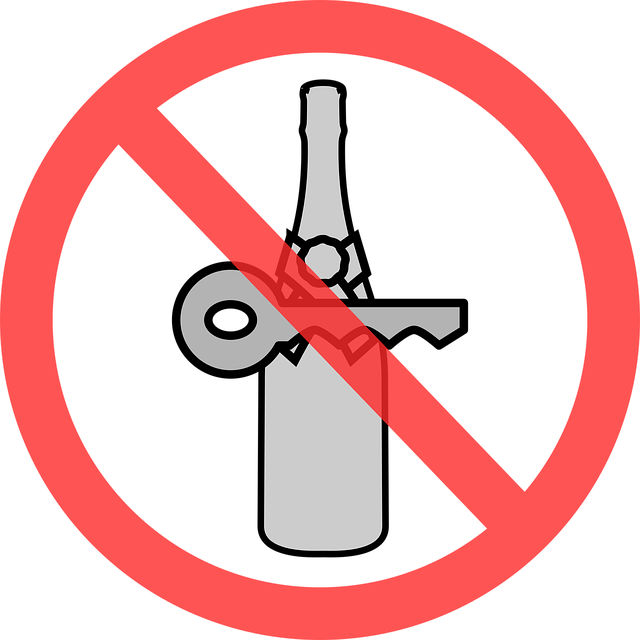Impaired driving recidivism requires a global, multifaceted approach combining strict law enforcement, accessible treatment for substance abuse and behavioral issues, community engagement through education, and tailored evidence-based practices. Early intervention programs, peer support, driver courts with integrated therapy, and technological tools like sobriety monitors are effective recidivism reduction strategies. These approaches foster long-term behavioral change, aiming for safer roads worldwide.
“Impaired driving remains a global challenge, with varying perspectives and concerns across regions. This article explores the multifaceted issue, delving into understanding impaired driving on an international scale. We examine recidivism rates, identifying them as a growing concern worldwide. Furthermore, we highlight effective prevention strategies and delve into successful recidivism reduction case studies and best practices, providing valuable insights for stakeholders in the fight against this pervasive problem.”
- Understanding Impaired Driving Globally
- Recidivism Rates: A Growing Concern
- Effective Strategies for Prevention
- Reducing Recidivism: Case Studies & Best Practices
Understanding Impaired Driving Globally

Impaired driving is a global issue that transcends borders, cultures, and socioeconomic status. Understanding it requires a nuanced perspective that accounts for varying legal frameworks, cultural norms, and community dynamics across countries. While many nations have implemented stringent laws and public awareness campaigns to combat drunk and drugged driving, recidivism remains a persistent challenge.
Effective strategies for reducing impaired driving recidivism involve a multifaceted approach. These include enhancing law enforcement efforts, improving access to treatment programs that address both substance abuse and underlying behavioral issues, and fostering community engagement through education and awareness initiatives. By adopting evidence-based practices tailored to local contexts, global communities can work towards achieving safer roads and saving lives.
Recidivism Rates: A Growing Concern

Recidivism rates among impaired drivers remain a significant concern globally, with many countries grappling with rising numbers. Impaired driving recidivists—those who repeatedly commit driving under the influence (DUI) offenses—present unique challenges to road safety and legal systems. This is partly due to the lack of effective deterrents and inadequate Recidivism Reduction Strategies.
Addressing this issue demands a multi-faceted approach, including stringent penalties, access to treatment programs for alcohol or substance abuse, and community reintegration initiatives aimed at preventing repeat offenses. Technological advancements also play a role, with devices designed to monitor individuals’ sobriety and prompt intervention when necessary. These strategies are crucial in breaking the cycle of impaired driving recidivism and ensuring safer roads for all.
Effective Strategies for Prevention

Addressing impaired driving requires a multifaceted approach, focusing on both immediate deterrence and long-term prevention. Effective strategies for prevention aim to disrupt recidivism—the cycle of repeat offenses—by targeting underlying factors such as alcohol or drug abuse, cultural attitudes towards drinking and driving, and access to adequate resources for treatment and rehabilitation.
One key component is enforcement, with stricter laws and penalties acting as a deterrent. Public awareness campaigns play a crucial role in educating individuals about the dangers and consequences of impaired driving. Additionally, promoting alternatives like designated drivers or ride-sharing services can reduce the allure of behind-the-wheel drinking. Early intervention programs in schools and communities also serve as Recidivism Reduction Strategies by normalizing responsible behavior from a young age.
Reducing Recidivism: Case Studies & Best Practices

Reducing recidivism is a multifaceted challenge in global perspectives on impaired driving. Case studies from various countries offer valuable insights into effective recidivism reduction strategies. For instance, programs that focus on early intervention and education have shown promise in regions with high rates of repeat offenses. These initiatives target youth by raising awareness about the dangers of drunk or drugged driving and promoting responsible behavior through community outreach and peer support networks.
Best practices also include stringent enforcement of existing laws and penalties, coupled with robust rehabilitation programs. Some countries have implemented successful driver intervention courts, where offenders are required to participate in treatment programs alongside education on substance abuse, anger management, and cognitive behavioral therapy. These holistic approaches not only curb recidivism but also foster long-term behavior change, contributing to safer roads globally.
Impaired driving is a global challenge that demands a multifaceted approach. By understanding cultural nuances and implementing evidence-based recidivism reduction strategies, we can make significant strides in preventing this dangerous behavior. The case studies featured highlight successful initiatives, offering valuable insights for policymakers and practitioners worldwide. Through collaborative efforts and the adoption of best practices, it is possible to create lasting change, ensuring safer roads for all.






